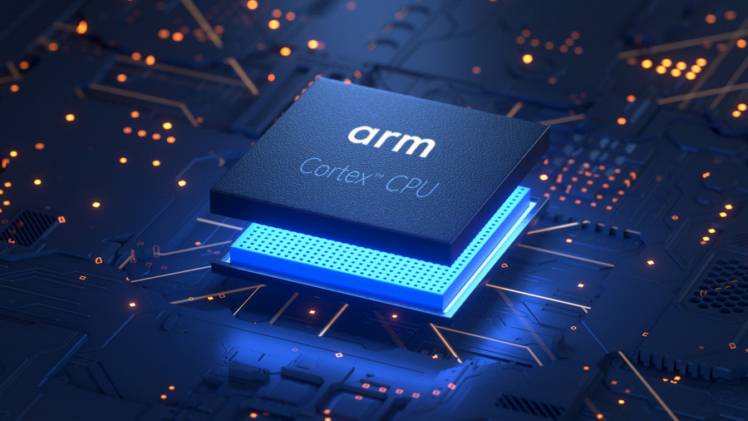ARM Processors in Smartphones

Most smartphones today use ARM processors, but they are not making their way to other segments of the market. While there are a few high-volume ARM-based laptops and desktop computers, they are used in heaps of other things, including routers, set-top boxes, smart TVs, smartwatches, and gaming devices. In fact, ARM chips are used in automotive infotainment systems. But there are some important differences between the ARM and x86-64.
ARM doesn’t manufacture its own chips, but does sell its IP to other chipmakers. While it doesn’t sell its own brand of chips, licensees can sell chip devices, evaluation boards, and entire systems. ARM also sells finished silicon with ARM cores to merchant foundries, and in most cases, these vendors are allowed to re-manufacture these chips. In this way, the IP of ARM is protected by patents and intellectual property protection laws.More Info About Liver Health
The ISA, or instruction set architecture, is owned by ARM Ltd. The company licenses the ARM architecture and designs the basic cores that companies use. Those cores are customized by companies like Apple. Qualcomm Snapdragon CPUs is still based on ARM, while Intel and AMD processors differ from ARM. Both companies sell x86 processors. But ARM is the most widely used processor architecture in smartphones. While Intel and AMD processors are x86, ARM chips are gaining in popularity.Plz Visit For Playground
As a result of this repurposing of ARM instruction sets, Thumb-based processors are able to do a wide range of tasks. For example, a processor with ARM-based instructions can perform operations on the same data as a CPU with a lower-end architecture, which increases the efficiency of its code and memory. ARM chips also allow for a wide instruction set with implicit operands. In the past, there were no “EQ” instructions for the Thumb instruction set, but now there are.


